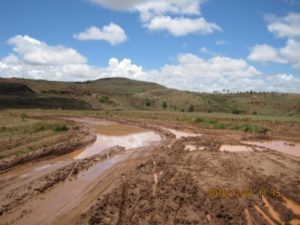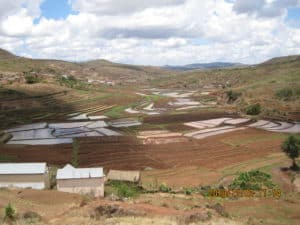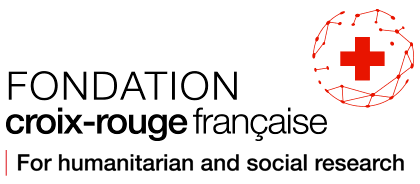Socio-economic analysis of community care in Madagascar
Although community care has been introduced since 2011, many households continue to practice self-medication. Through this study, we sought to identify the causes of the low use of community care. The aim was to alleviate the problems of access to care and, consequently, to achieve universal health coverage
Understanding the low use of community agents
None of the research on the case of Madagascar has sought to explain household behavior towards community agents who provide outreach care. The present study aims to reinforce the literature in this area by carrying out a socio-economic analysis of the use of community care in Madagascar. Why are the impacts of the community care program on the use of community health workers (CHWs) not significant?
This research has two specific objectives:
– To carry out a comparative analysis between the different types of healthcare use in terms of cost, effectiveness and quality of care offered.
– Identify the socio-economic determinants of community care use among children under 15 in Madagascar.
The problem of access to healthcare in Madagascar
The survey took place in Madagascar, a low-income country with glaring inequalities between rich and poor, and between rural and urban areas. The rural population, which represents 66.17% of the total population, has, for the most part, problems of access to healthcare. Geographical remoteness from health centers is one of the main causes.is one of the main causes. Over 40% of the population live more than 5 km from health facilities. Added to this is the shortage of medical staff (Ministry of Health, 2012). More than 80% of the Malagasy population has just $1.90 a day (in Purchasing Power Parity) to survive (World Bank, 2019). Households’ willingness to pay for healthcare is thus one of the causes of low healthcare utilization. The areas studied are also difficult to access.
A satisfactory care-giver-patient relationship, but limited resources
Our results show that households’ healthcare-seeking behavior depends largely on their perception of the illness they suffer from. To seek treatment, they choose between public health centers (CSB), community sites, pharmacies, healers and private health centers. They are most satisfied with the latter, although the services they offer are much more expensive than elsewhere. The choice of families then goes to community health workers (CHWs). The main determinants of the use of CAs are the care-giver-patient relationship and the length of time spent waiting for a consultation. Indeed, households find that CAs offer the best caregiver-patient relationship. Community sites have the shortest waiting times for consultations, and the most affordable costs. However, knowing that CAs often lack materials and medicines, patients prefer to go elsewhere for treatment.
Strengthening support for community workers
In this study, we investigated the causes of the low use of community care. A number of recommendations have been drawn up, including strengthening the skills of CHWs and providing them with the necessary inputs. This information is essential to guide humanitarian and social actors. The aim is to promote universal health coverage.


Biography
Trained as an economist, Marilys Razakamanana specialized in health economics as part of her doctorate. Her thesis proposed a micro and macroeconomic analysis of the effects of malaria and pneumonia in Madagascar. She has carried out studies for Institut Pasteur de Madagascar and UNICEF projects on health expenditure budgeting, immunization, analysis of equity funds, etc… She has also carried out research into the use of health care in Madagascar, including pregnant women and the use of community agents. She is now interested not only in health, but also in human capital in general.
@ Marilys-Victoire Razakamanana
